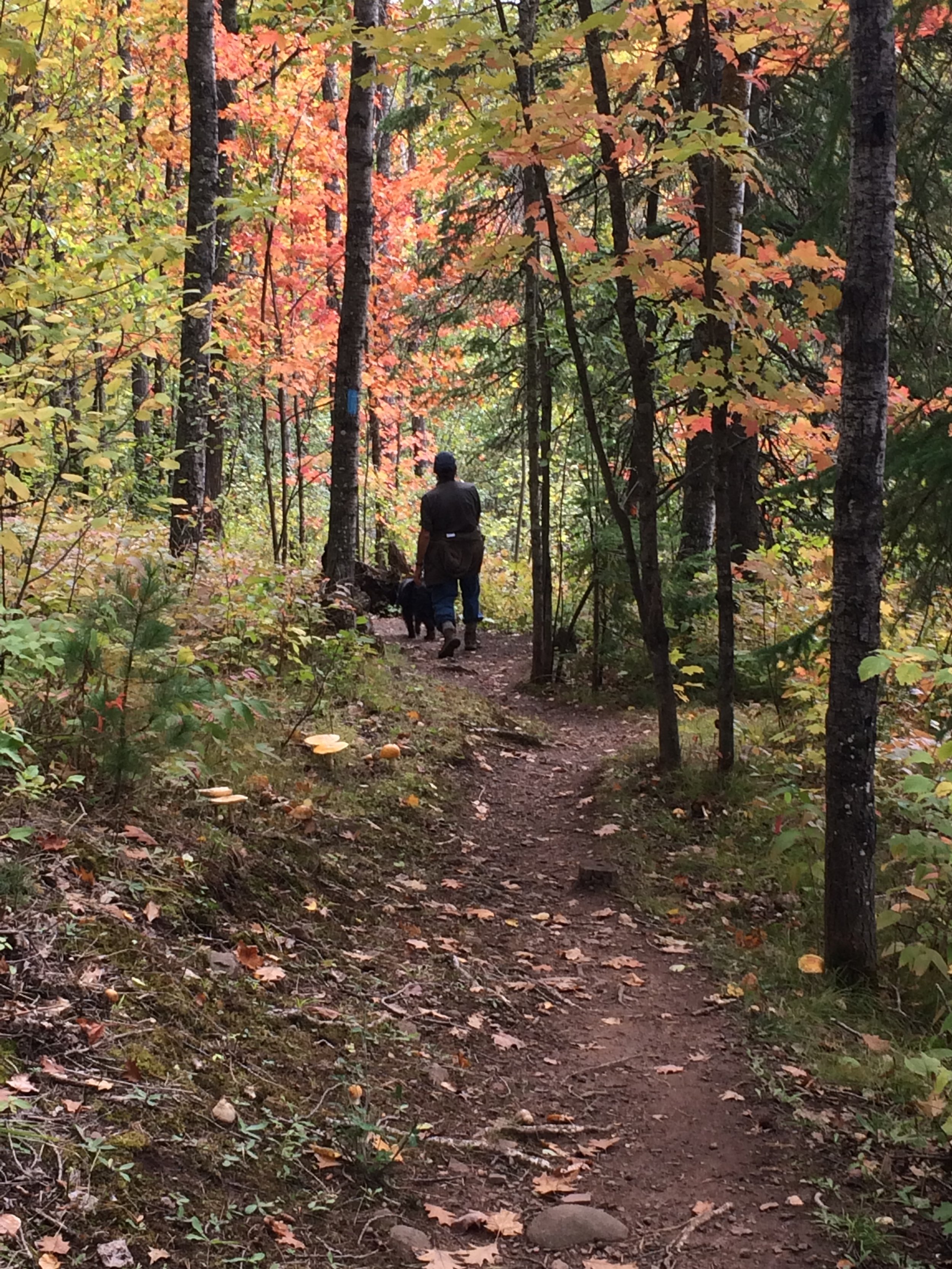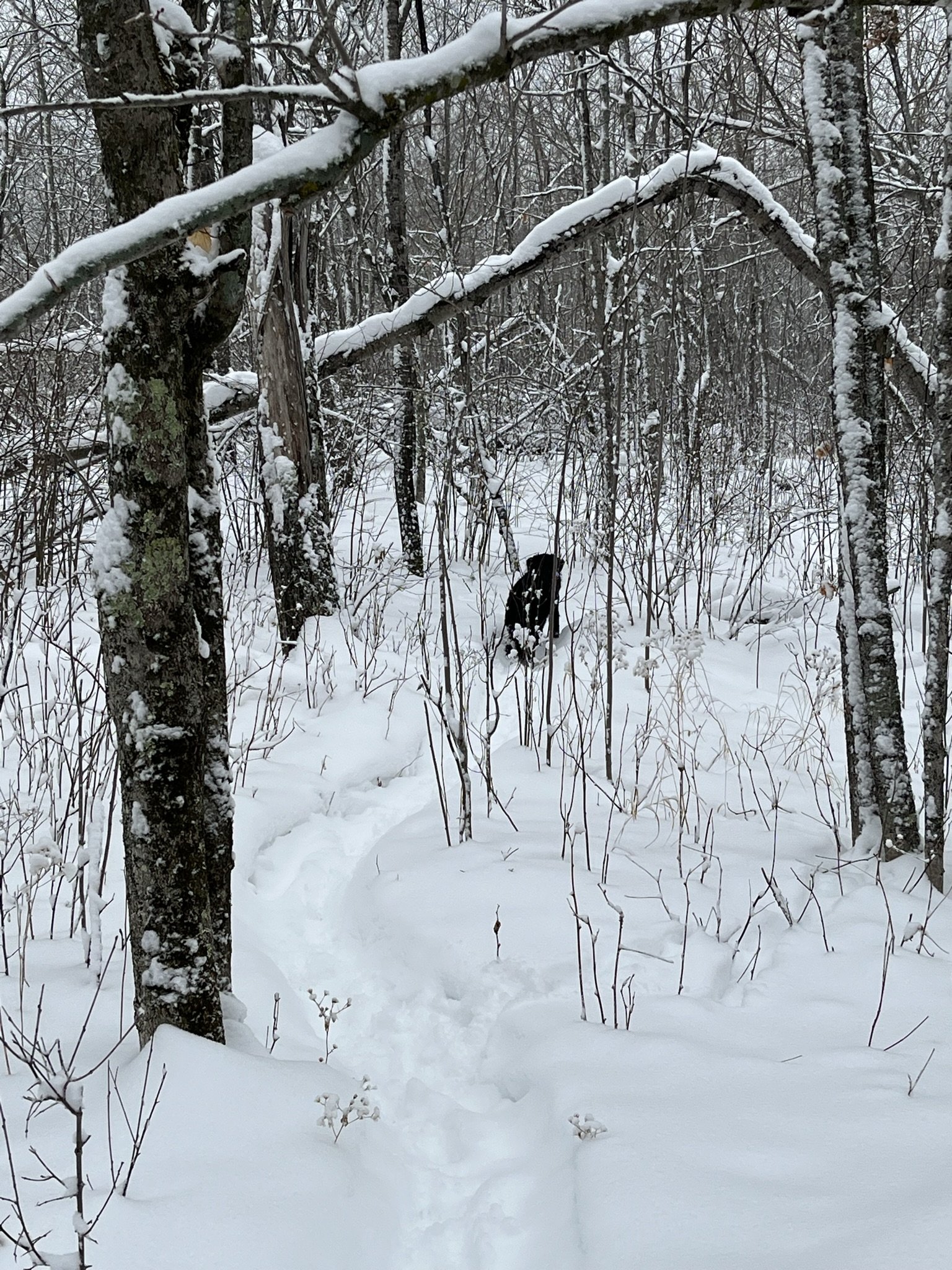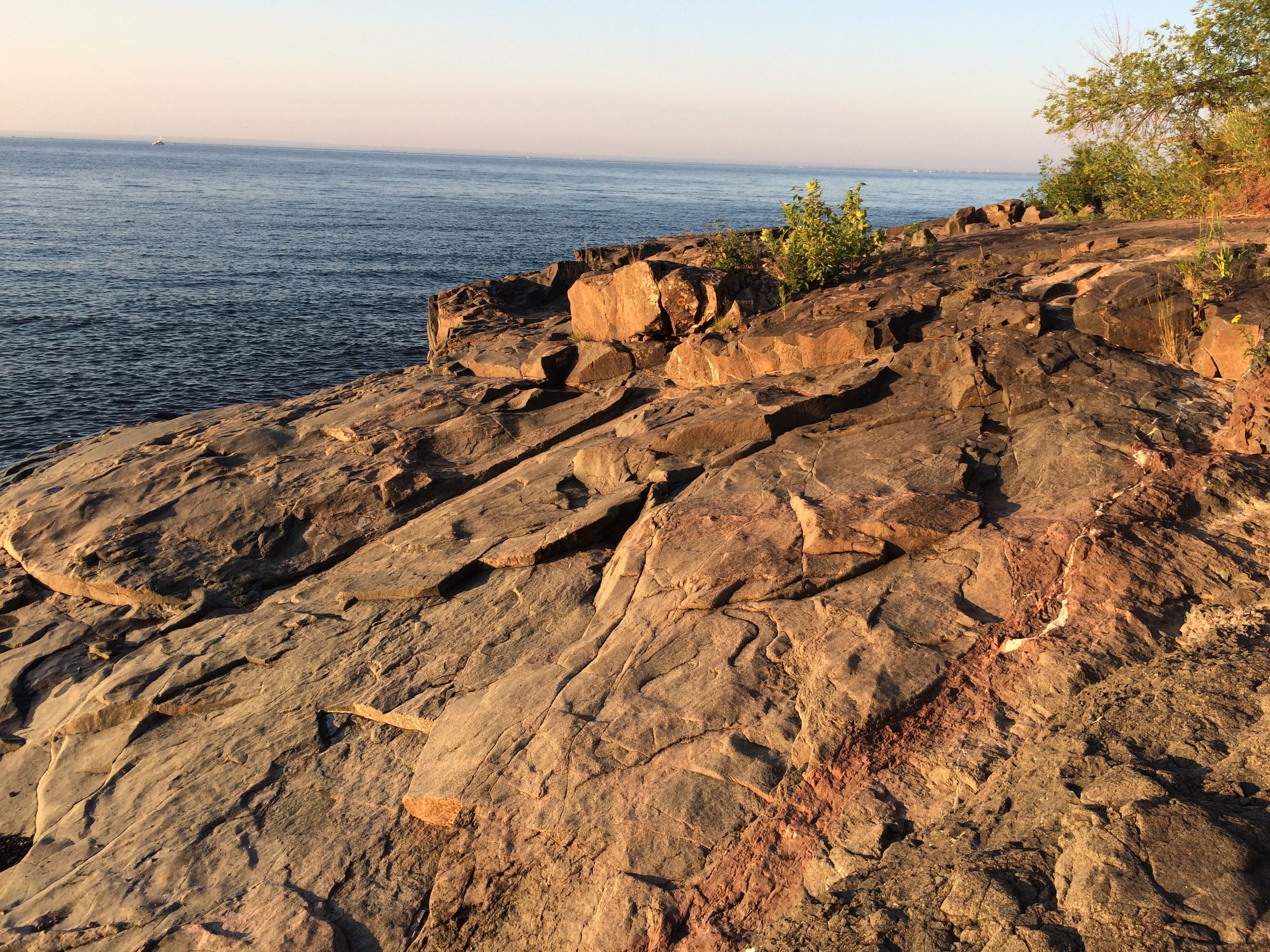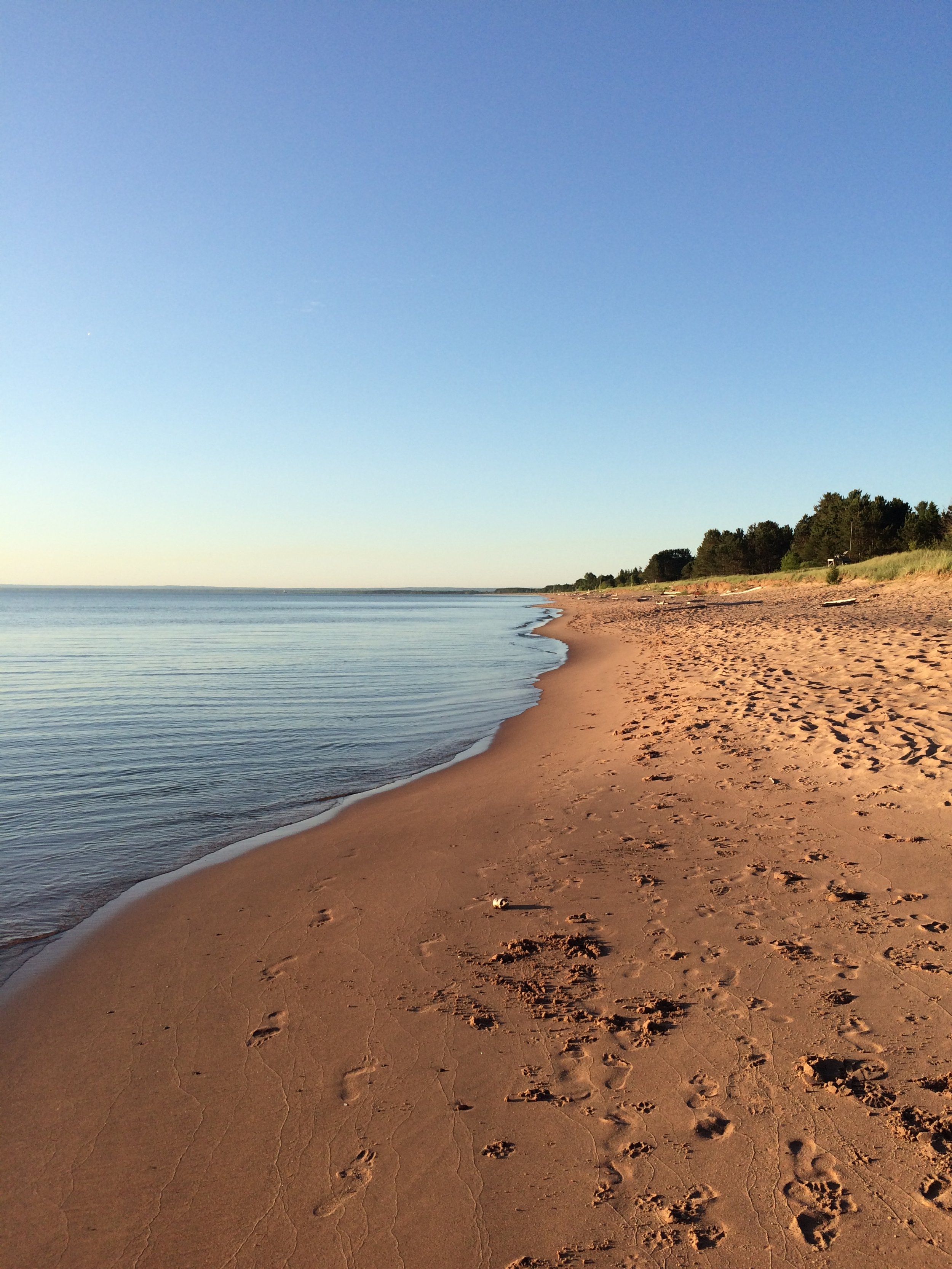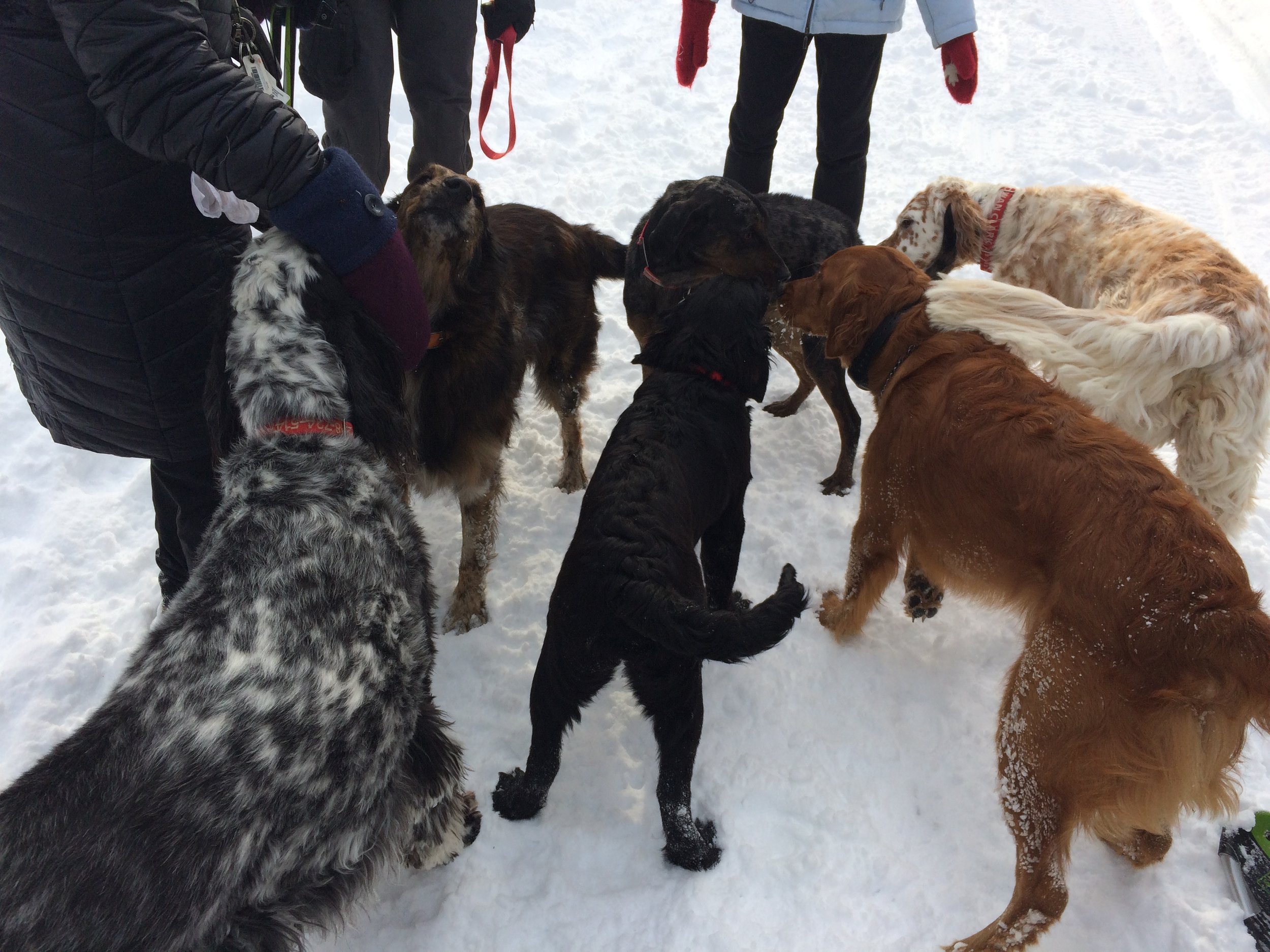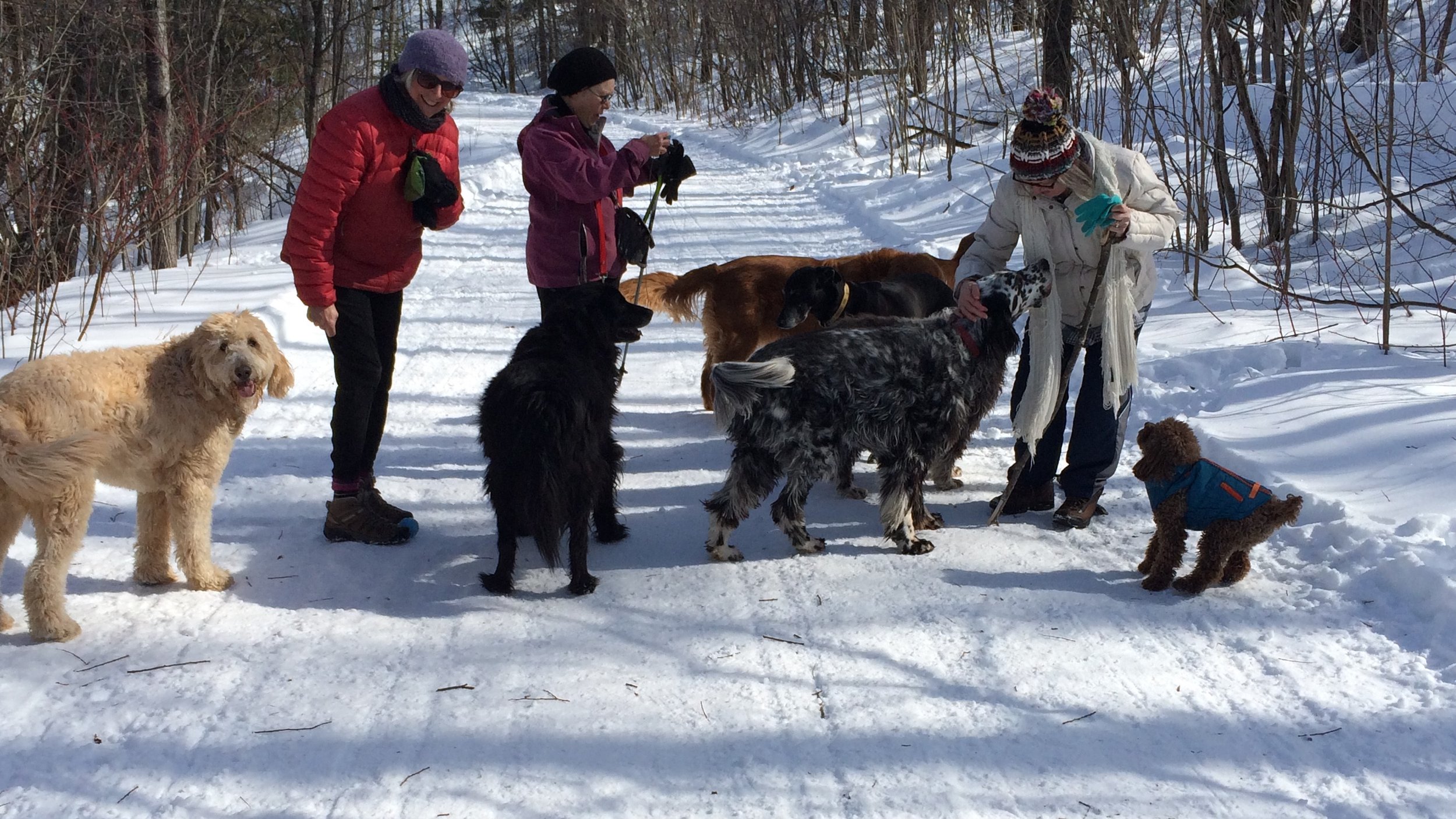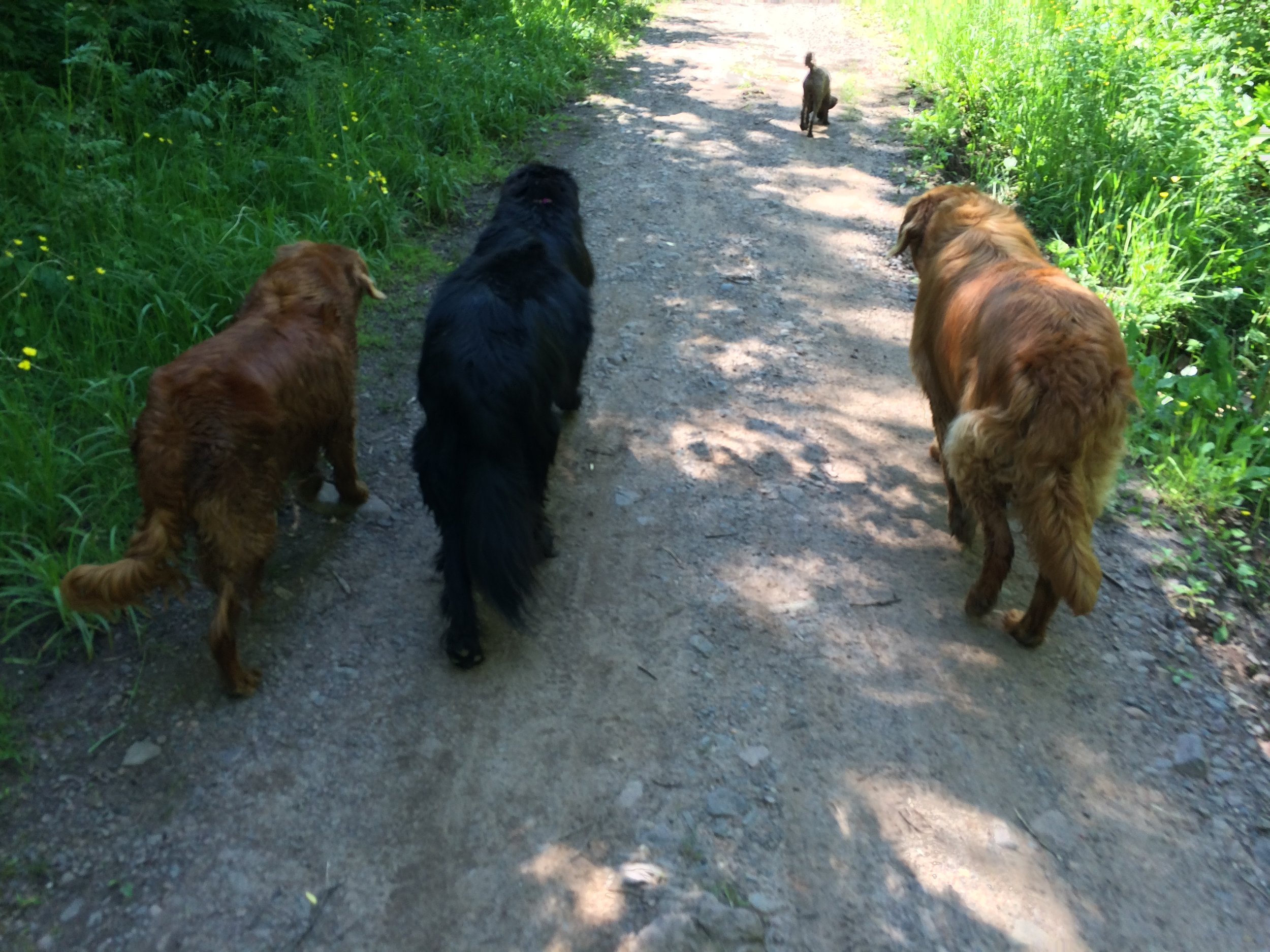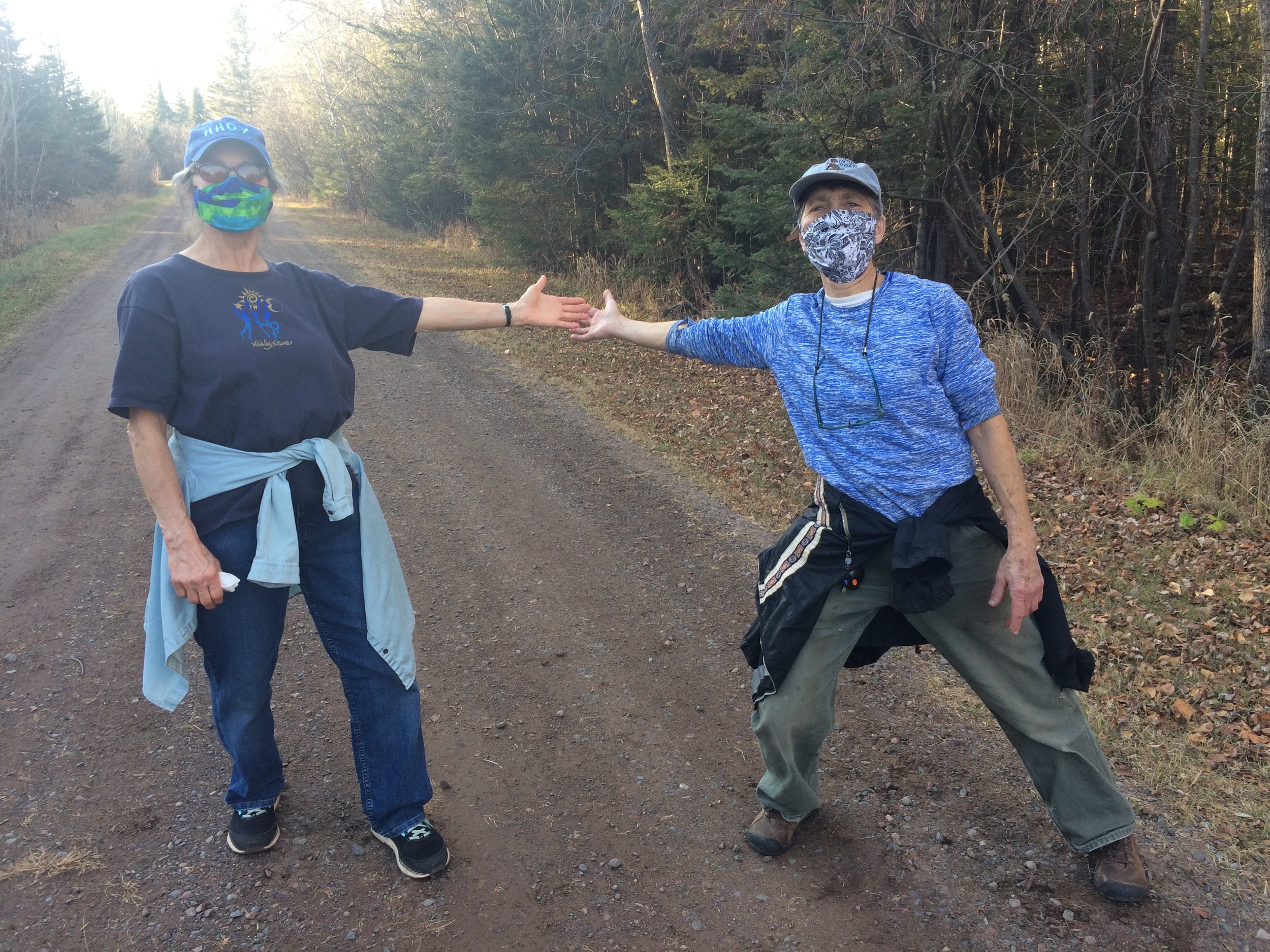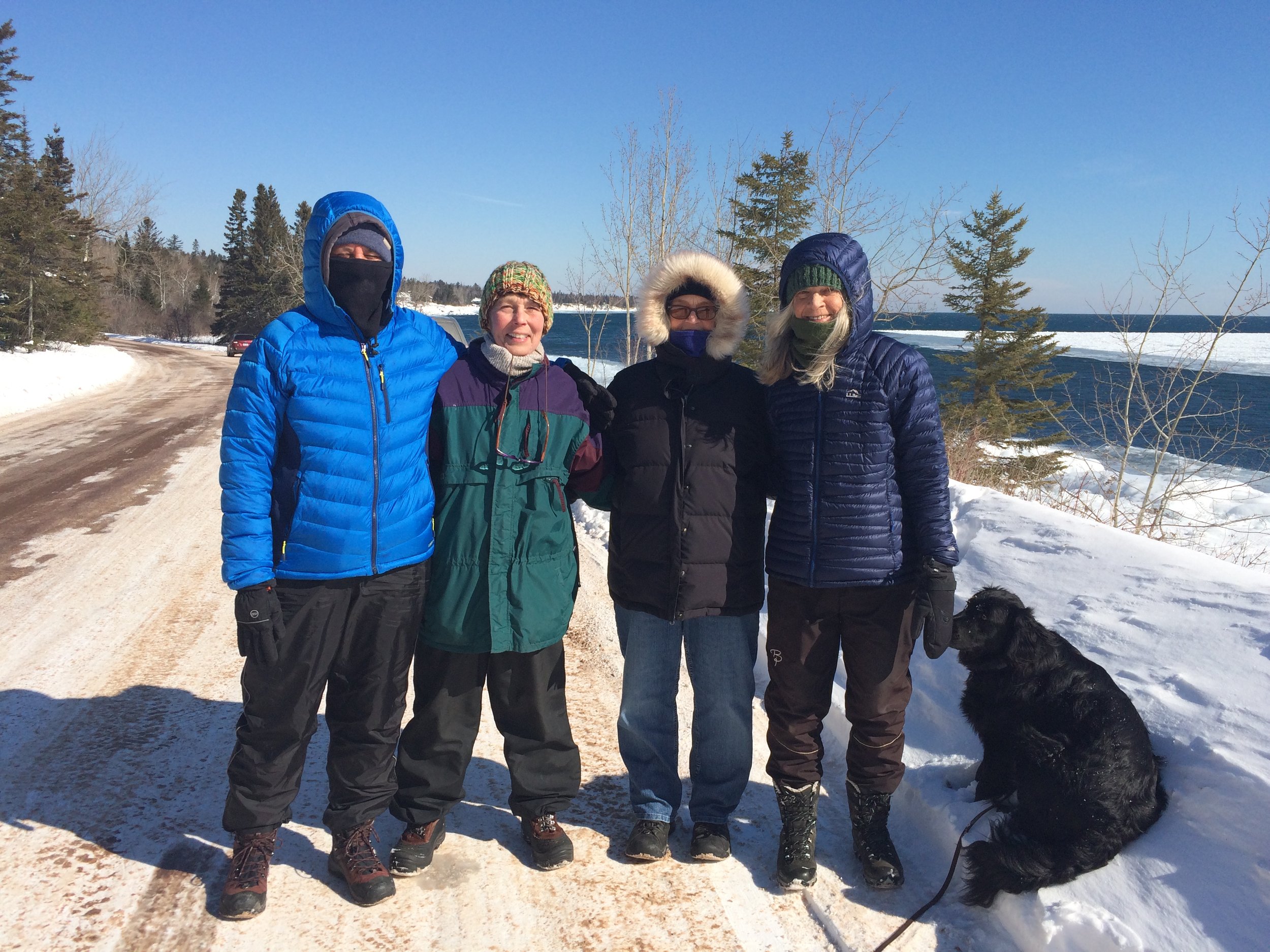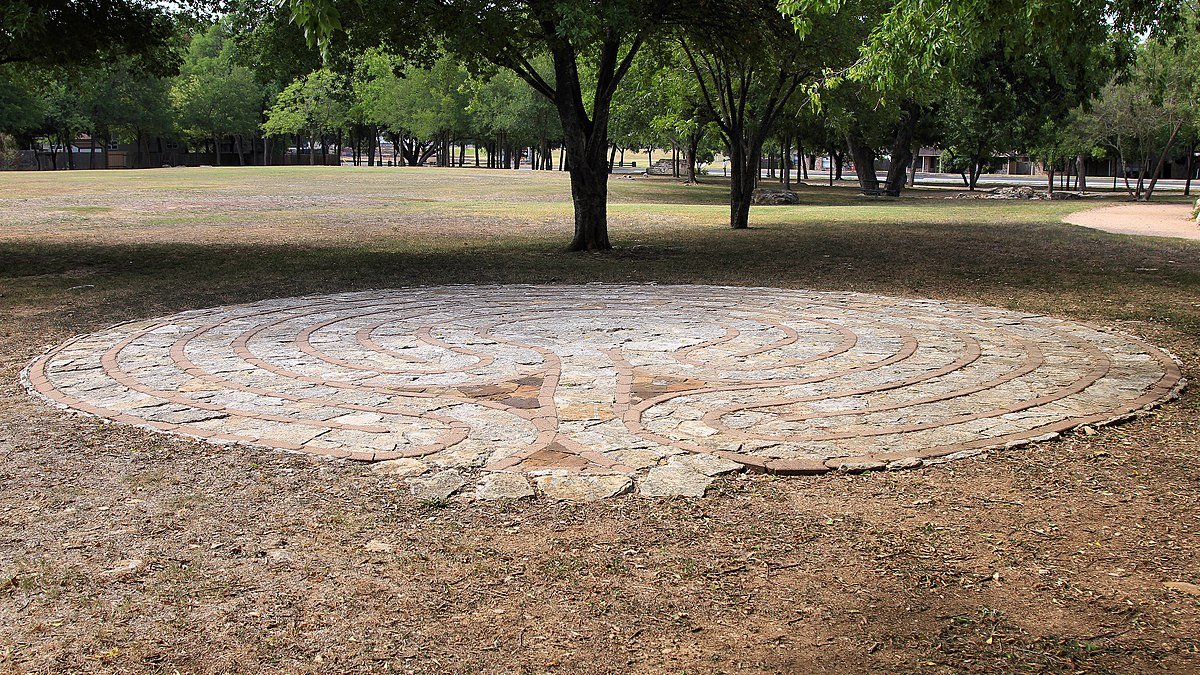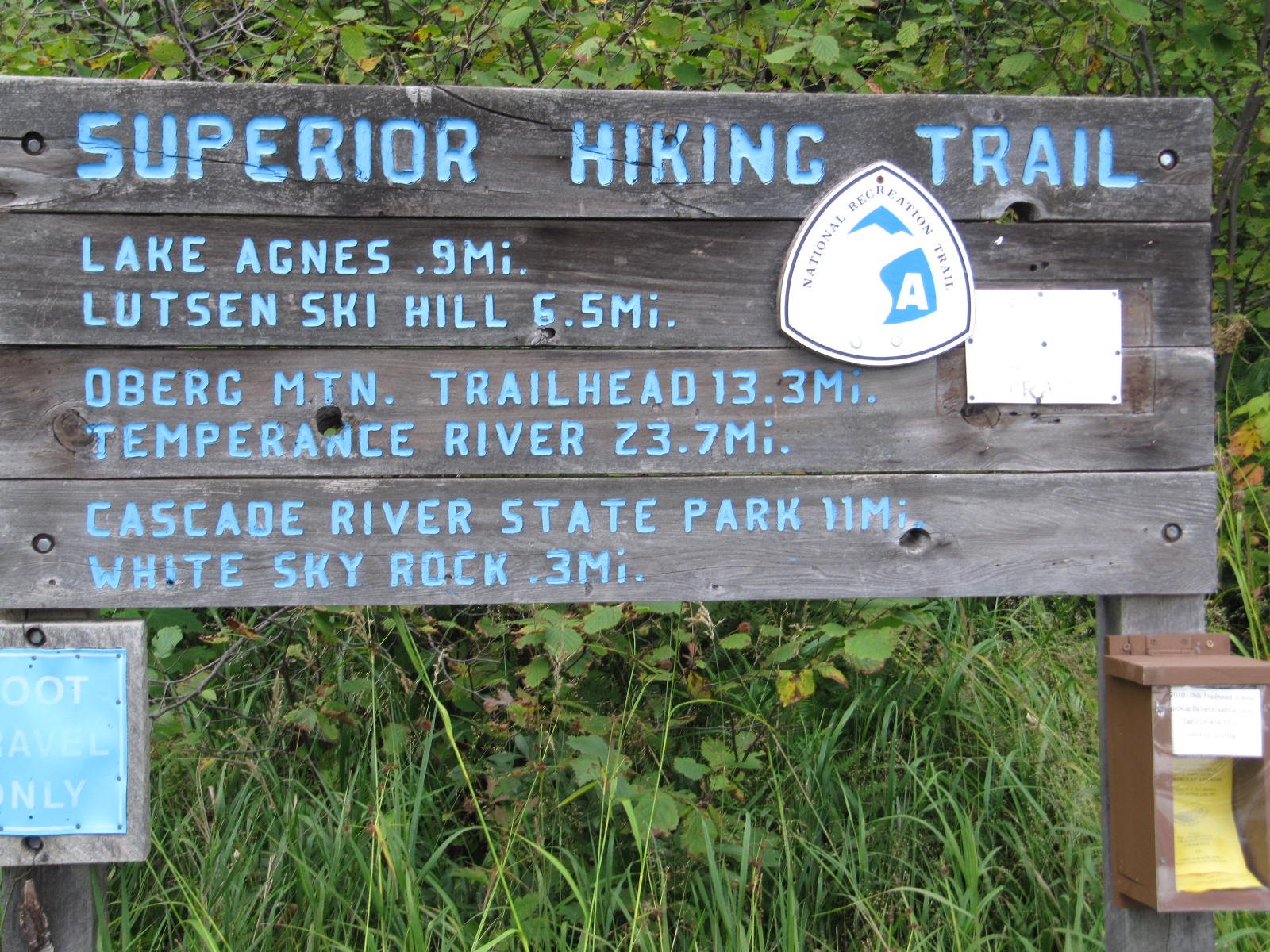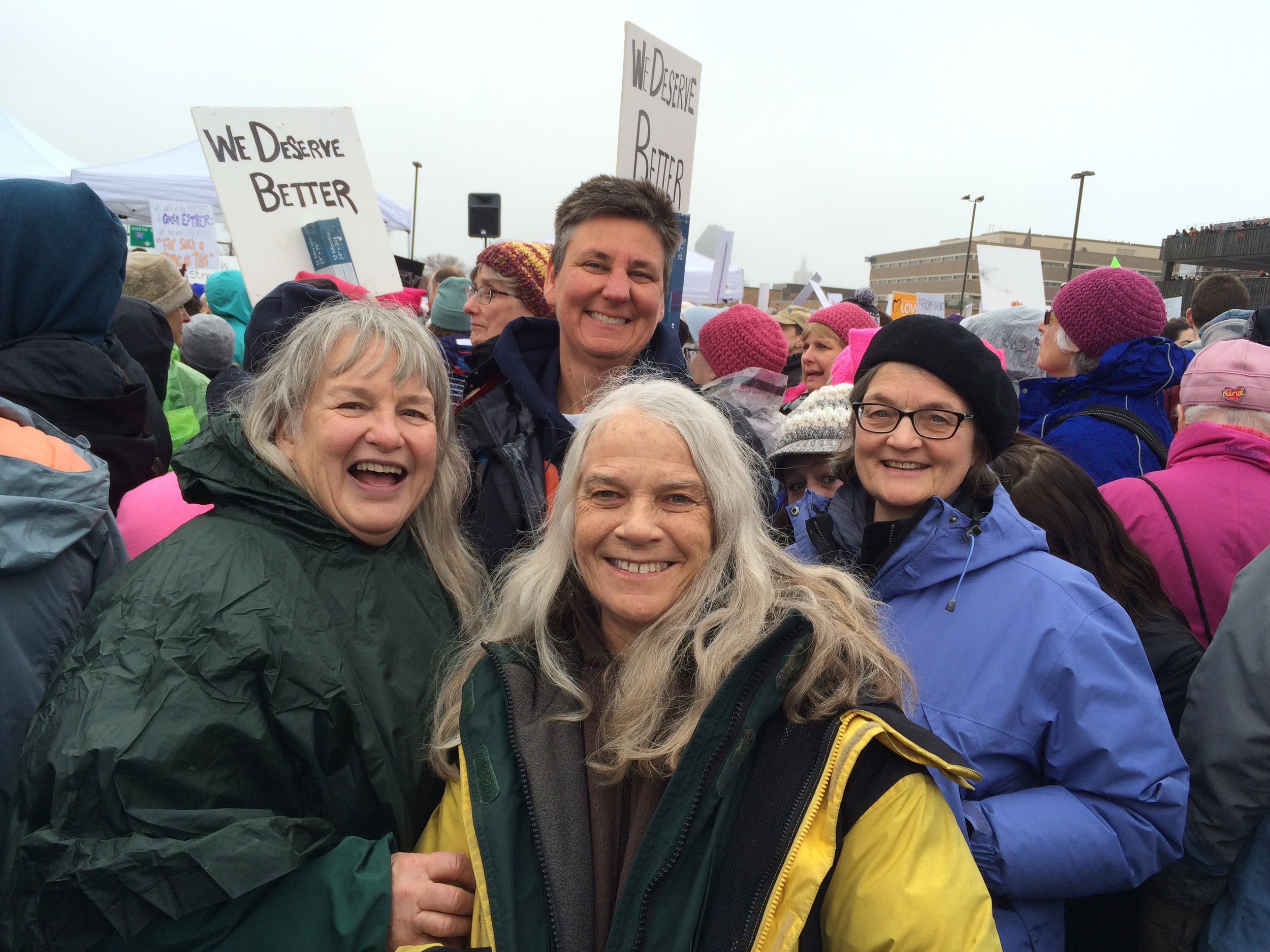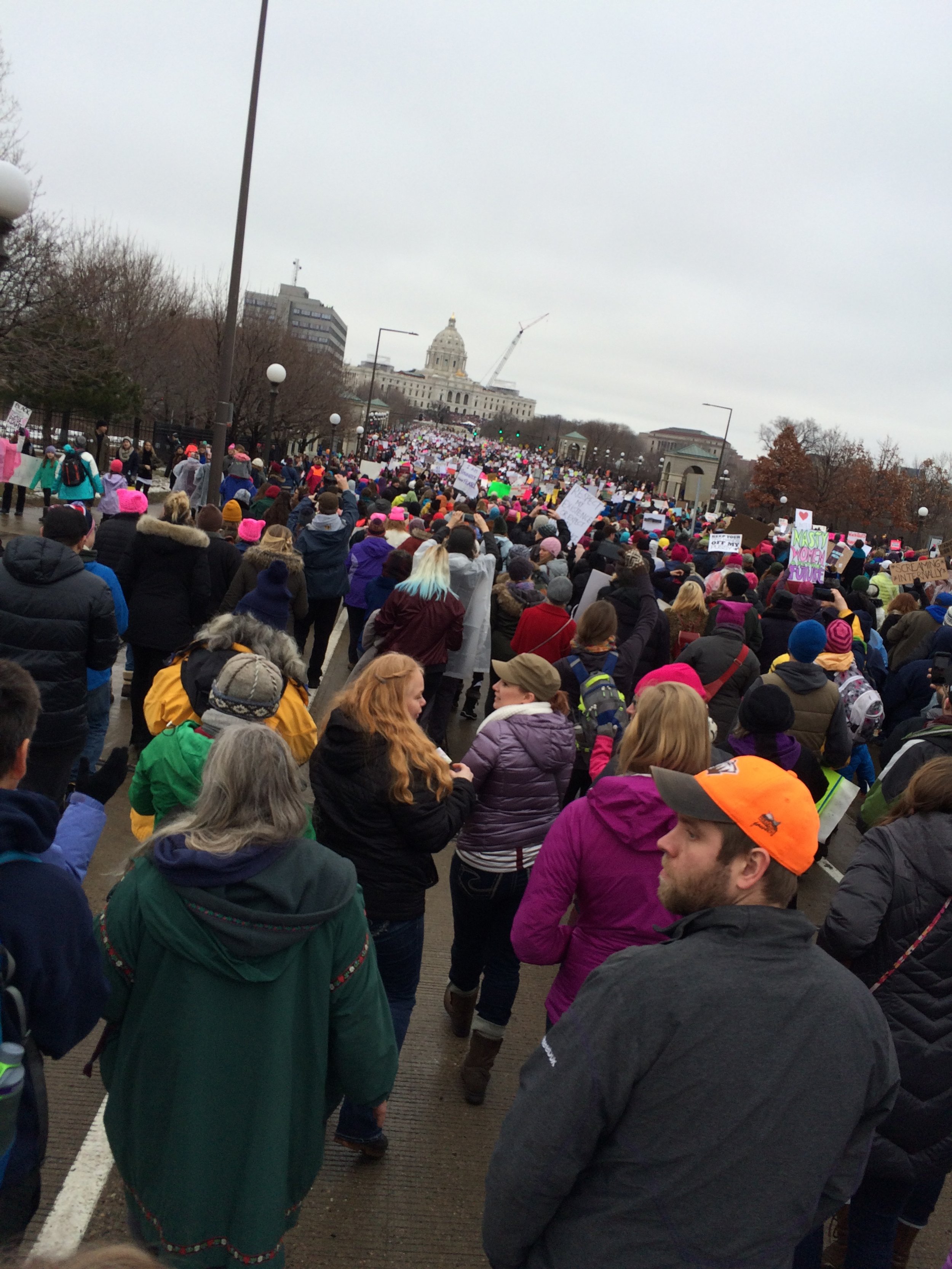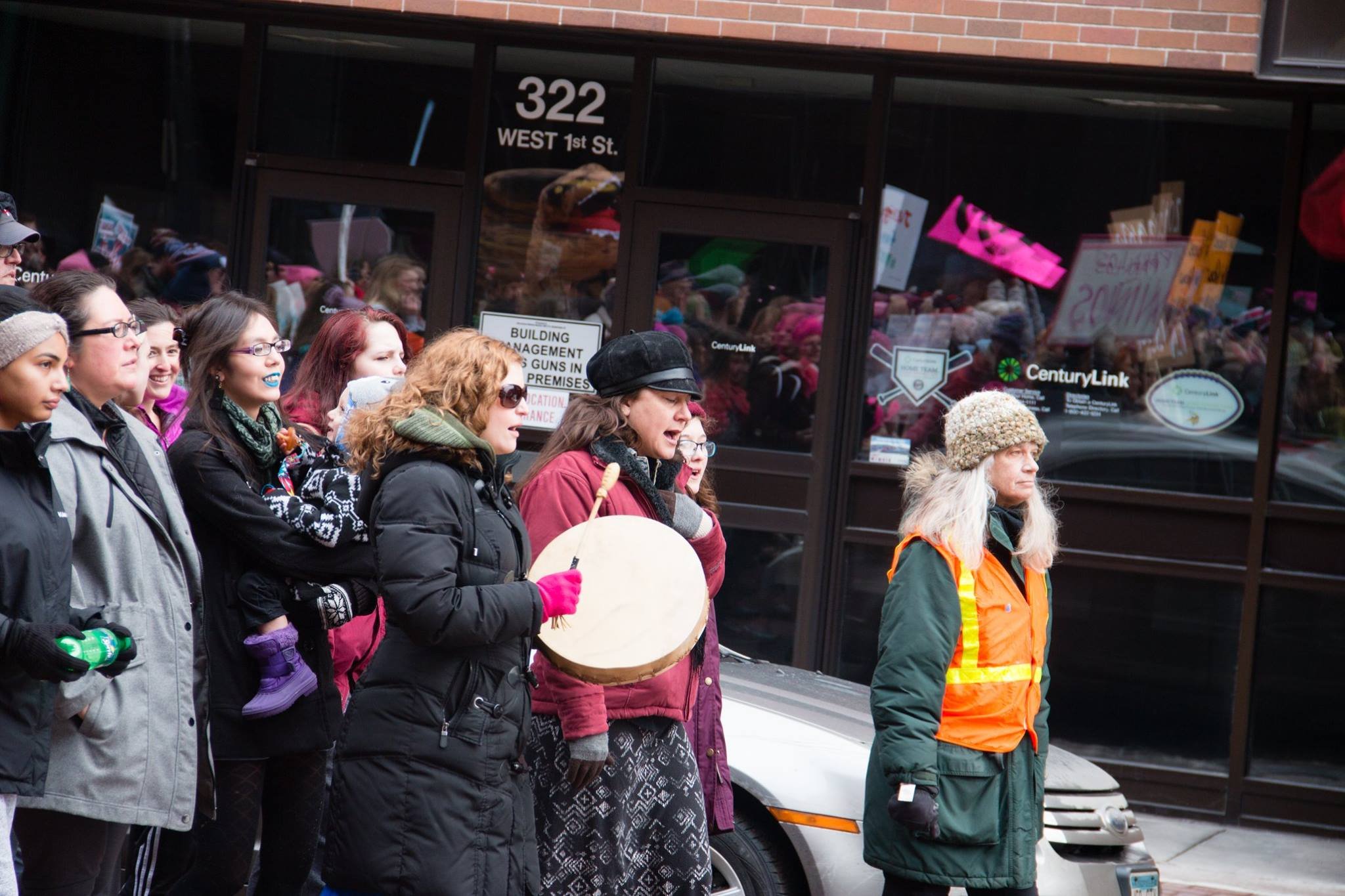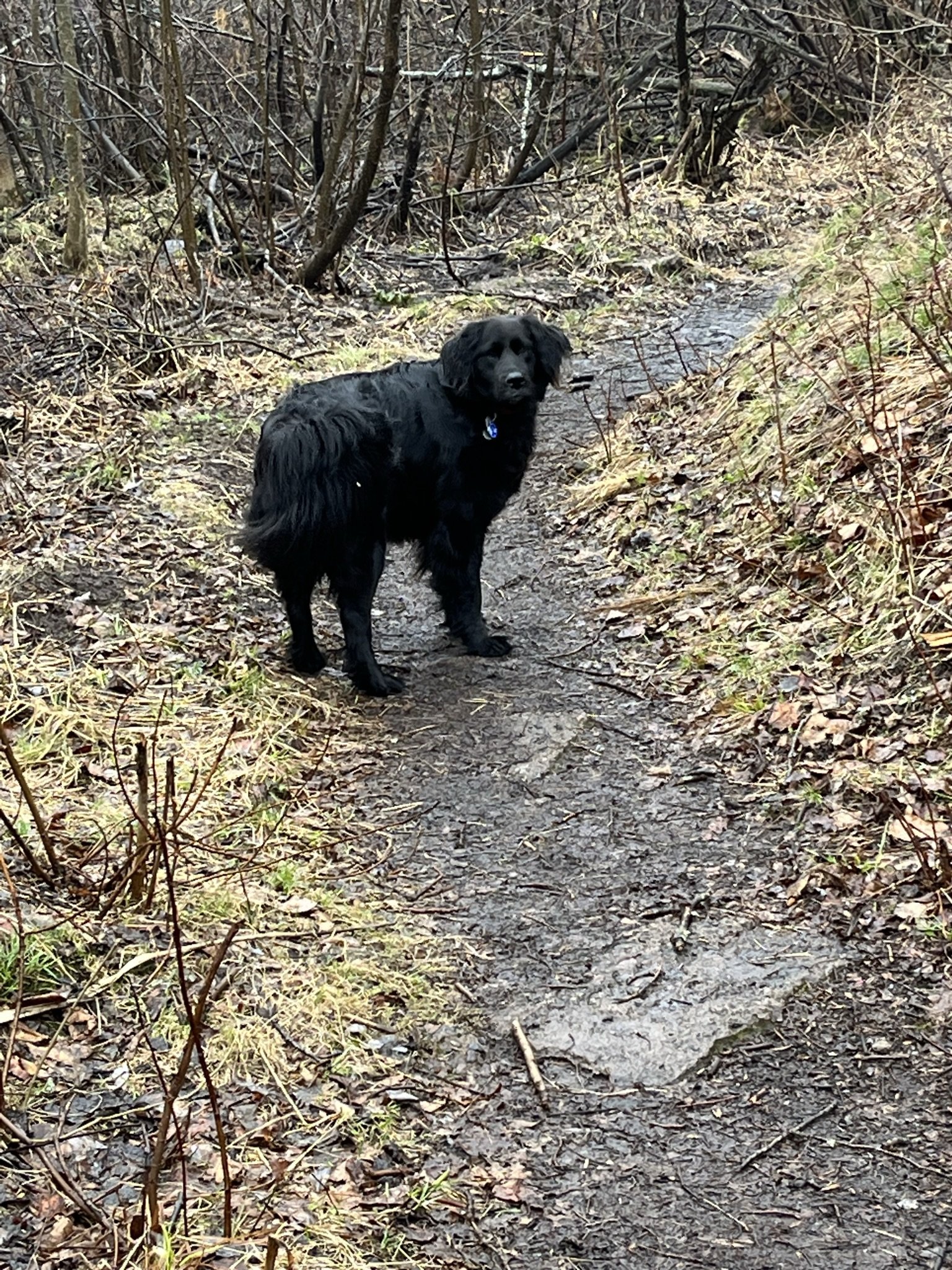This post begins with a caveat. The theme by its very definition excludes those who for one reason or another – injury, paralysis, degenerative nerve or muscle disease, stroke, congenital conditions, the infirmities of elderhood, the pre-amble of infancy – have never, have yet, or are no longer able to walk. I have been among you at various points in my life. I have also walked with dear ones who move through the world in wheelchairs, and have been on lovely walks when I’ve been the one in a wheelchair. Walking, while ubiquitous, is not a universal experience, but I hope all will find some aspects of this piece that speak to them.
December 5th, 1972 – a date I intended to commemorate every year. On that day fifty-one years ago, I was allowed to walk the half a block to the end of our street and back – the first time in three months I was permitted to walk any farther than from my bed to my wheelchair. Prescribed complete bedrest at the age of twenty to reduce the inflammation in my heart, that first walk was exhilarating. I vowed never to go a day without immense appreciation for the ability to walk. And yet I have. For the most, I take walking for granted. On the days when the wind is whipping ice crystals or drenching rain or freezing cold, I can dread having to go out and walk my dog, or just walk from my car into a building. I’ve had potent reminders of the privilege of walking – the short-lived TIA that left me paralyzed for a few hours; the “triple threat” knee injury[i] that made just getting from the bedroom to the bathroom a challenge; the four years of waiting for a transplant when walking more than a few hundred feet might elevate my heart rate to dangerous levels – but mostly, I rarely give the ability to walk a second thought. So, though many before me have written whole tomes on the subject,[ii] I wanted to take a moment to reflect on this activity that gives shape to my days, my friendships, my thoughts, my perspective on the world.
The English language has many words for walking, each distinguished by speed, terrain, length, steadiness, purpose. “Amble” seems without purpose, as do “wander” and “roam”-- though of greater length; whereas “stride” seems determined. “Stroll” invokes leisure and “promenade” formality. “Tramping,” “tromping,” and “stomping” signify walking that is heavy and loud; in other situations we need “tread” lightly or “tiptoe” around. “Pace” connotes anxiety, and “saunter” its opposite – relaxed, easy, contemplative walking, from the medieval pilgrims who traveled to the Holy Lands -- sainte terre-ers. Hiking is in a category by itself, requiring being out in nature, elevation, exertion, and good boots.[iii] So, while many of my walks include elements of all of these, the all-purpose word “walk” most suits my intent.
The nature of a walk is often determined by its pace. Mindful and contemplative walking require a slower speed. A good, brisk walk provides a sense of agency and empowerment, or simply a great way to blow off steam. In companionable walking, we tend to adjust our gaits to each other. Both once fast walkers, my sister-in-law and I were excellent walking companions, reveling in covering the length of London in a few hours. My dissertation advisor was a lanky 6’7”, and on our frequent walks across the Washington Avenue bridge on the U of M campus, I would find myself speeding up faster and faster to match his pace only to discover that he was constantly speeding up so he could match mine! I have friends who walk more quickly than I, others who need a slower pace, and those whose movement matches mine. We all seem to find ways to meet each other.
Walks vary as well by the surface one trods. Concrete and asphalt are not kind to me, often resulting in shin splints. Walking on new-fallen snow can be enchanting; ice challenging. I love best to walk on dirt paths and forest floors, especially the forgiving sponginess of a cedar forest, though I’m also drawn to the magnetism of ancient rocks. Walking barefoot on a hard-packed sand beach is perhaps the best of all.
I was lucky to be able to walk to most places I wanted to go as a child. I walked to school, church, my friends’ homes, the lake where we swam in the summer, and the hill where we sledded in the winter. We usually rode our bikes to the “junction” – the drugstore where we got candy and comic books – but sometimes walked there as well. The sidewalk to and from school provided its own entertainment – needing to jump over the slabs with crosses on them (for surely someone was buried underneath), and avoiding the cracks – so as not to “break your mother’s back.”
As I grew older, walking became an avenue of friendship, and romance. By 6th grade, every weekend my group of friends would walk to the willows where we laughed, shared secrets and dreams. 8th grade brought the romantic gesture of adolescence of my boyfriend walking me home from school. In high school, my best friend and I almost always had our conversations while walking around the village. Perhaps that afforded us the space away from parents we needed, but mostly we enjoyed the walking and talking that seem to go together, the side-by-side movement facilitating easy talk.
The weaving of walking and friendship has been a throughline in my life. Many of my fondest friendships have been forged on footpaths. From the Coastal Path of Cornwall to rural roads of northern Michigan to the sidewalks of Minneapolis and the trails, beaches, and Lakewalk of Duluth, sharing strides has led to sharing lives, often sharing our dogs as well. Walking our dogs together became the weekly way of many friendships, even as our canine companions changed, or as some no longer walked with four-footed friends. A community has formed of those who regularly walk our dogs on the same trails. We seem to learn each other’s dog’s names long before we know each other’s. Eventually we’ll move into – “I’m ….” Some of us are meet-and-greet friends who share a few of the latest events of our lives, commiserate about bad weather, or express our enjoyment of the sunshine; others of us regularly walk together, giving our dogs a chance to romp together as well. We share a love of dogs and the outdoors. We worry about each other when one hasn’t been on the trail for too long, mourn with each other when one of the pack dies, delight when joined by a new pup, and welcome the camaraderie that has grown up between us. The deepest friendship, however, is undoubtedly between my dogs and me. In our daily rambles, we come to learn each other’s ways, trust each other, enjoy each other’s company, and deepen our bond.
Covid elevated walking with friends to a new level of significance. When we could no longer meet indoors over a cup of tea or lunch, we walked. I walked with friends with whom I’d always walked and friends with whom I’d never walked before. We celebrated each other’s birthdays, held meetings, and “did church” together while walking. As Covid continues for me as it does not for others, I feel so fortunate to have friends who are willing to continue walking with me. In Camus’s novel about an epidemic of plague, the two main characters decide to break quarantine and “go for a swim . . . for friendship’s sake” (231). In a strange turn, now to enable living within quarantine, we go for walks, for friendship’s sake.
As much as I love walking with friends, I often prefer, and need, solitary walks (though I’m rarely alone. The companionship of dogs provides the perfect blend of togetherness and solitude, and I am always in the company of trees, birds, rocks, water, and occasionally the moon.) Solitary walking opens my thought process -- letting ideas flow, knots untangle, and insights emerge. Walking is where I practice contemplation, puzzle through concepts, and refine my writing. Many of the ideas and wordings in this blog have emerged while walking. But mostly, solitary walking restores my soul.
Labyrinth
Walking as a spiritual practice has a long tradition. Of the many exercises in Thich Nhat Hanh’s classic, The Miracle of Mindfulness, my favorite is mindful walking. In the years when I could not walk fast or far, I wandered into mindful walking unintentionally, and it kept me grounded through difficult days. I missed it when post-transplant I needed to walk briskly for heart health. For centuries, contemplatives have walked the cloisters and labyrinths, but only recently has labyrinthine walking become widely practiced for its spiritual centering and healing qualities. A friend with an oft-agitated autistic son mowed a large labyrinth in her meadow so that he could find moments of peace and calm while walking it. I would sometimes walk my particularly rambunctious dog, Lucie, there, and it would calm her as well. When teaching students about prayer, we would visit a nearby retreat center to walk the labyrinth there in a form of walking prayer. Psychologist Dacher Keltner recommends the practice of “awe walking” as a way intentionally to get daily doses of awe for all of its benefits to our spiritual, social, and personal well-being.
When I was a camp counselor, each week we took our campers on “trust walks” as both a spiritual and a bonding exercise. In a trust walk, everyone except the leader is blindfolded. Each walker places their hands on the person ahead of them, and together they walk woodland trails guided only by their trust in the movements of the person ahead of them. The ultimate and most awe-inspiring trust walk I ever did was when rather than being the leader, I was a participant, putting my full trust and all of my campers’ trust in my co-counselor, who was blind, to lead the way.
The turnstile
I fell in love with walking in a whole new way in Great Britan, where I discovered an entire culture devoted to walking. Despite the history of enclosure[iv] and the multiplicity of walls and fences crisscrossing the countryside of the island nation, or perhaps in defiance of these, the British people have embraced “rambling,” as it is known there, as their national pastime. No sooner had the land begun to be enclosed than “the great trespasses and walks that changed the face of the English countryside” began (Solnit 164). In response to the movement for access, city councils were required to map the rights-of-ways in their jurisdictions. Now, in every bookstore and corner shop one can find Ordnance Survey maps marking the footpaths, fences, and terrains of every section of the country, making vast stretches of meadows and moors, bens and fens open to all, with the signature British turnstile opening the right-of-way of ramblers who encounter a wall or fence. The footpaths of Britain beckoned me -- from the slopes of Ben Am to the rocky cliffs of Cornwall to the farmlands outside Coventry.
In the US, we’ve adopted a bit of this in trail systems, like our local Superior Hiking Trail, but many are the places I’ve wanted to amble that are off limits in this culture defined by private property and no trespassing laws. In sharp reversal of its 18th and 19th century “clearances”[v] in which thousands of crofters were evicted, recently Scotland opened all of its land, so that with the exception of a certain amount of area around private dwellings, every bit of land is now available to be tramped, walked, and rambled. How wonderful that would be.
Some of my most memorable walks have been in the streets, in solidarity with others, exercising the people’s right to assemble and move together. As feminist essayist Rebecca Solnit has written, “the street is democracy’s greatest arena, the place where ordinary people can speak, unsegregated by walls, unmediated by those with more power. . . . Public marches mingle with the language of the pilgrimage . . . , with the strike’s picket line . . . , and the festival in which boundaries between strangers recede. . . . They signify the possibility of common ground between people who have not ceased to be different from each other, people who have at last become the public” (216-217). Marches both create and signify solidarity, as well as commitment to a cause, and in our together walking we create the “collective effervescence”[vi] that can restore our hope and our conviction. I participated in my first march when I was a first-year student in college protesting the war in Vietnam. Beginning with speeches from my favorite professors, and singing “Ohio,”“Give Peace a Chance,” and “Blowin’ In the Wind,” we proceeded to march from the archway of the main campus building to the Presbyterian church where we stayed in candlelight vigil all night. That march was the first of many -- for peace, the ERA, racial justice, Missing and Murdered Indigenous Women, climate justice, and reproductive justice; to resist war, pipelines, unfair labor practices, and cruel immigration policies, and to Take Back the Night; to commemorate the life of Martin Luther King, Jr. and the deaths of far too many victims of mass shootings. I have sung, drummed, chanted, and marched in reverent silence through these streets more times than I can possibly remember.
In January 2017 we joined with millions around the world in the Women’s March. Thousands of us gathered in St. Paul. We were a defiant, jubilant, resistant, raging, and raucous maelstrom of marchers. I marched with longtime friends and newfound compatriots. Somehow in the throng of marchers, I managed to find my son, as well as students from generations past and present, and we marched together in concert and conviction. When we turned the corner to the point where we could see the full length of our procession, my heart soared. The next year in the Duluth women’s march, indigenous women were invited to be at the front, and as one of the peacekeepers, I was honored to walk there as well, alongside my friend, Leah, as she led us all in the Anishinaabe woman-honoring song.
Which brings me to the gendered nature of walking. It was in walking the streets of our small village with friends as a young teen that I first encountered the male gaze, when a carful of boys circled several times, much to our bemusement, but then pulled up and tried to entice us into their car. Thus did our collective pleasure in our ability to attract turn to fear in recognizing the dangers lurking behind the false face of flattery. So began the years of street harassment – the whistles, the attention-seeking shouts, the unwanted advances. How I would have loved to walk the streets of Paris without being approached, propositioned, followed. I was only able to enjoy the nighttime ambience of the Old City of Dubrovnik when joined by a male friend. Girls learn early that they are not safe to walk alone, unaccompanied by a man, especially at night. While we in the West may decry the laws of Saudi Arabia or Iran disallowing women to walk in public unaccompanied by a man, most of us are similarly confined by a culture that still regards the only place for a woman to be behind walls – and if not, she is considered fair game to be preyed upon. Susan Griffin writes of the many ways that girls become learned in the fear of rape. “All the little girls who were menaced in their solitary journeys – Little Red Riding Hood, Goldilocks – the woods being the place where Snow White could be found if the woodsman had wanted to cut out her heart . . . . I have been told often not to go into the woods alone”(49). I have been so warned as well, and yet I do, nearly every day, to venture to those places in the world and in myself where I can best listen to my inner voice and that of the divine. Of course, most often I am accompanied by my silent and faithful companion, who makes my fearless solitary forays into the forest possible in so many ways. A friend once said that dogs are not man’s best friend; they are women’s. “How womankind, who are confined to the house still more than men, stand it I do not know, but I have ground to suspect that most of them do not STAND it at all,” mused Thoreau (3). He was right. From Take Back the Night marches to MMIW ceremonies, from the Peace Pilgrim[vii] to Cheryl Strayed’s solo thru hike on the Pacific Coast Trail[viii], from Sally Miller Gearhart’s utopian world of the Wanderground[ix] to the Women’s March, women have been claiming our right to walk freely and safely in the world.
Ben Lomond
I recently heard indigenous elder Pat McCabe describe herself as an “earth walker.” It’s a lovely appellation -- joining together humans with deer and dogs, cats and coyotes, lizards and llamas, penguins and peacocks, turtles and tarantulas, emus and elephants -- and one I plan to adopt in honor of this privilege of ambulating about the world. May that I never take this gift for granted. And here I need to close -- my dog, Ben Lomond, named for the mountain in Scotland I encountered on a ramble, is reminding me it’s time for our walk.
Ben Lomond
Sources
Camus, Albert. 1948. The Plague. Trans. Stuart Gilbert. New York: Random House.
Griffin, Susan. 1979. Rape: The Power of Consciousness. San Francisco: Harper and Row.
Hanh, Thich Nhat. 1991. The Miracle of Mindfulness. Rider Books.
Gearhart, Sally Miller. 1978. The Wanderground. Watertown, MA: Persephone Press.
Keltner, Dacher. 2023. Awe: The New Science of Everyday Wonder and How It Can Transform Your Life.” New York: Penguin.
Solnit, Rebecca. 2000. Wanderlust: A History of Walking. New York: Penguin Books.
Strayed, Cheryl. 2013. Wild: From Lost to Found on the Pacific Crest Trail. New York: Vintage.
Thoreau, Henry David. Walking. A Public Domain Book. Based on a lecture given at the Concord Lyceum, 1851.
Winchester, Simon. 2021. Land: How the Hunger for Ownership Shaped the Modern World. New York: HarperCollins.
[i] The “triple threat” or “unhappy triad” knee injury in my case involved the complete tear of the anterior cruciate ligament (ACL) and partial tears of the medial collateral ligament (MCL) and the medial meniscus.
[ii] Among the most well-known are Henry David Thoreau’s essay, “Walking”; Rebecca Solnit’s Wanderlust: A History of Walking; Frédéric Gros, A Philosophy of Walking; Bill Bryson, A Walk in the Woods: Rediscovering America on the Appalachian Trail; Geoff Nicholson, The Lost Art of Walking: The History, Science, and Literature of Pedestrianism; Colin Fletcher, The Complete Walker. My favorite book on walking not in general, but in a specific place, is Raynor Winn’s The Salt Path, about the Coastal Path in Cornwall.
[iii] Naturalist John Muir, whom many hikers revere, disliked the word “hike.” Considering the mountains to be holy land, he thought people ought to saunter, not hike, through them. JOHN MUIR and 'SAUNTER' (etymonline.com)
[iv] See my post “Vastness,” April 20, 2023.
[v] The Scottish “clearances” were 18th and 19th century forced evictions of thousands of people who dwelt on the land owned by feudal lords – the crofters – so that the landowners could use the land to raise sheep.
[vi] Émile Durkheim’s term for the qualities of collective experiences, what Dacher Keltner describes as the “buzzing and crackling with some life force that merges people into a collective self, a tribe, an oceanic ‘we’” (13).
[vii] The Peace Pilgrim, Mildred Lisette Norman, was the first woman to walk the full-length of the Appalachian Trail in one season. During the Korean War, she began walking across the United States for peace. She continued walking, spreading her message of peace, crossing the United States nearly seven times, for the next 28 years. Ironically, she died in a car accident while on her way to a speaking engagement.
[viii] In her book, Wild, Cheryl Strayed gives her account of walking alone as a woman across the Pacific Crest Trail.
[ix] In her fantasy utopian world, the Wanderground, Sally Miller Gearhart imagines a compassionate, safe, mystical and magical world of women inside of which men’s penises and combustion engines fail to work and do no harm.

